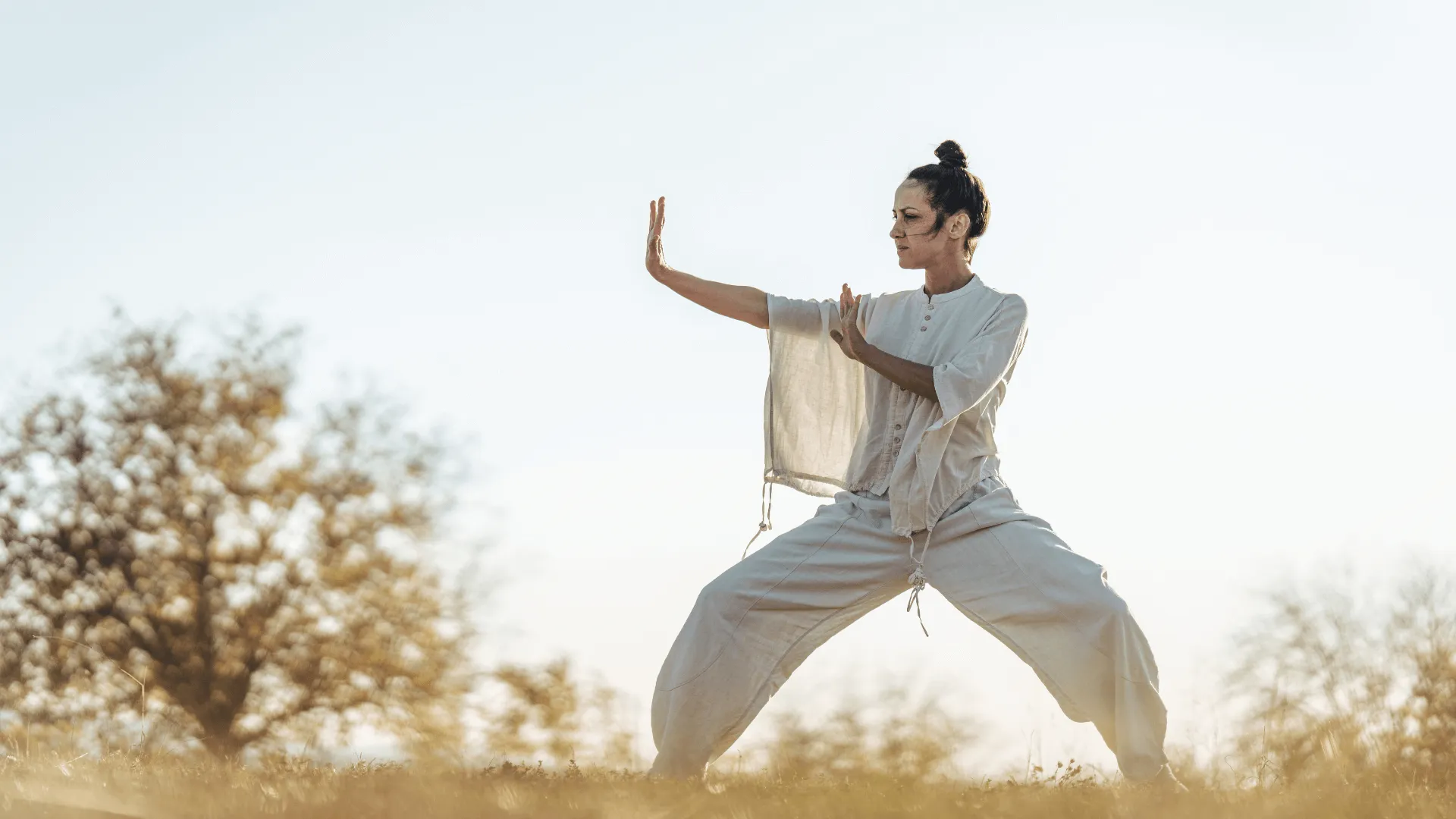
The Feldenkrais Method is a mindful movement approach that leads to improvement in physical and emotional well-being. It is based on learning how you move and then discovering more efficient and easier ways to move. Our neuroplastic brain enables us to learn, change and continue to develop throughout our lifetime.
As we grow from babyhood to adulthood achieving developmental milestones and physical capabilities it is suggested that we settle with ‘near enough being good enough’. Moshé Feldenkrais discusses this in his book “Awareness Through Movement” that we do not develop beyond an initial apprenticeship to fulfil our potential.
Why we develop habits of movement
For many reasons, we develop habits of movement, some helpful and some not so helpful. This is often how we recognise a friend walking along the beach even though they are still a long way off, wearing hat and sunnies, by the way they move. The postures we adopt to stand, sit, work at our computer, run and sleep are often habitual, that is, we are not aware of how we do them, or that there may be another option. With Feldenkrais lessons, the guided attention to movement focussing on the quality and sensation reveal our movement habits. This allows us to discover a new movement choice. It is interesting how challenging it is to change a habit or how well-hidden a habit can be!
The difference between Yoga and the Feldenkrais Method
Yoga means harmony of body and mind and this happens through the practise of yoga postures (asanas), breathing techniques (pranayama) and meditation. It is an ancient system of philosophies, principles and practices derived from the Vedic tradition of India and the Himalayas, more than 2500 years ago.
With the Feldenkrais Method® students are encouraged to explore many different ways to move in order to find the most comfortable and efficient way for themselves. Postures are not sustained nor maintained at the end of available range. Many people who practise Yoga explore the Feldenkrais Method in order to learn ways to achieve postures that are perceived as too difficult or cause discomfort.
The difference between T’ai Chi and the Feldenkrais Method
T’ai Chi is a gentle movement practice based on martial arts. Unlike Tai Chi, with the Feldenkrais Method (FM) there is no right or wrong way to perform a movement, it does not require practice, training or repetitive movements. There are no rules but some helpful guiding ideas include that the student moves without strain or pain, reduces effort as much as possible, and seeks smoothness in quality of breathing and moving.
Pilates was developed for injury rehabilitation and focuses on strengthening muscles, flexibility, postural alignment and stability. Arguably, the difference may only be that for some Pilates exercises you need equipment like a Reformer or Cadillac. I have completed training in Clinical Pilates and teach it to many clients. This form is based around a treatment paradigm. With Feldenkrais lessons various movement pathways are explored to discover innate strength without effort as your movement efficiency improves. In Feldenkrais we say we become better organised.
Under the guidance of an experienced teacher all of these practices have wonderful benefits to offer us to lead a healthy lifestyle. If you are interested in trying an Awareness Through Movement class, please contact me for a free consultation.
References:
* https://futurelifenow-online.com/the-principle-of-good-enough/?utm_source=Newsletter&utm_medium=email&utm_content=The+Nervous+System+Principle+of+Good+Enough&utm_campaign=New+Article+-+The+Principle+of+Good+Enough
*https://www.yogajournal.com/practice/fill-gap
* “Awareness Through Movement” Moshe Feldenkrais. Harper Collins 1972
*Photo credit: Robert Golden
